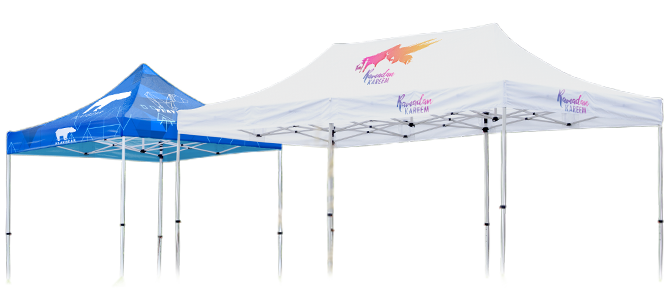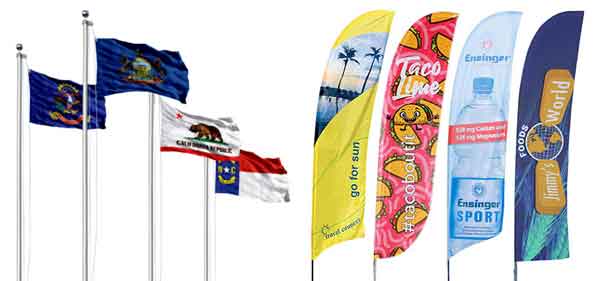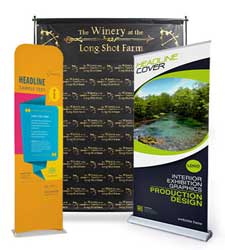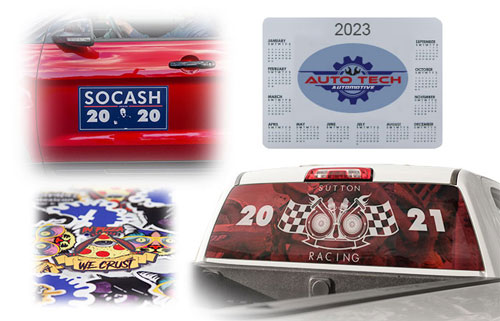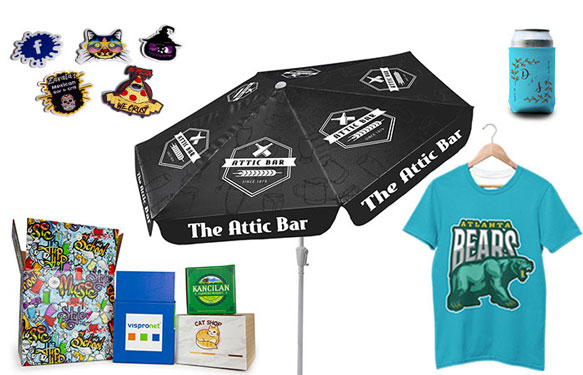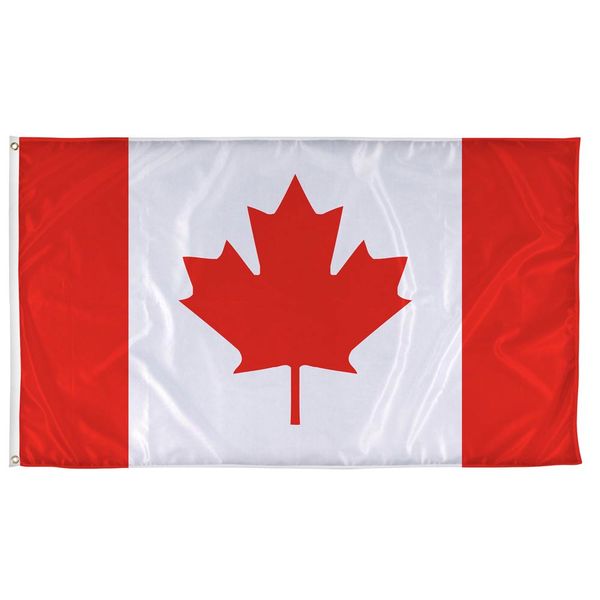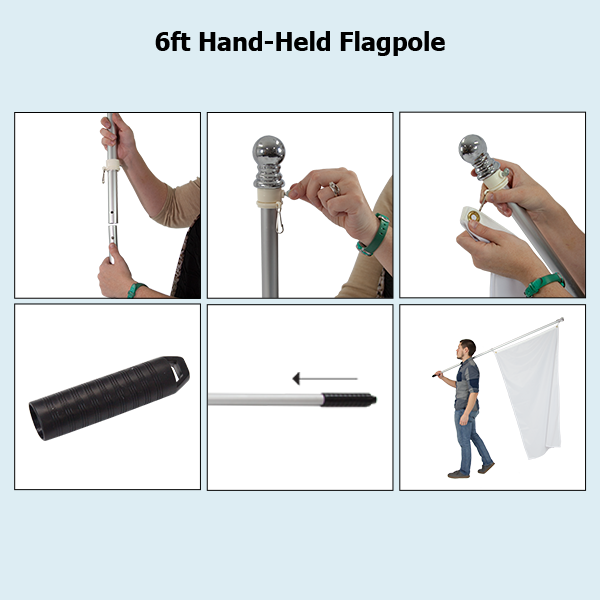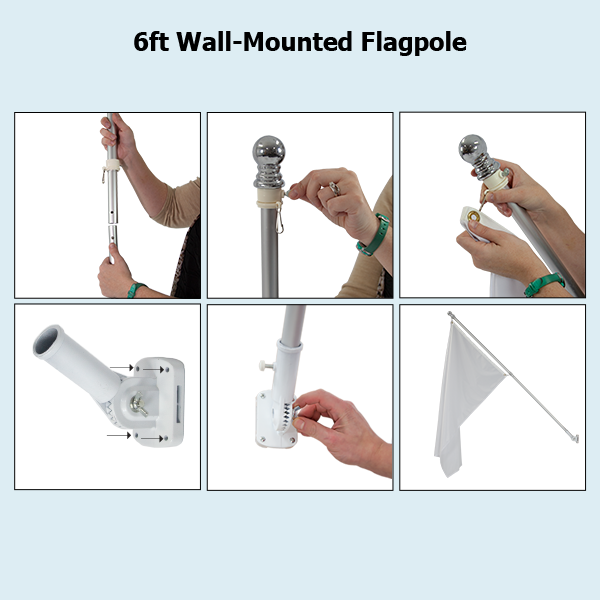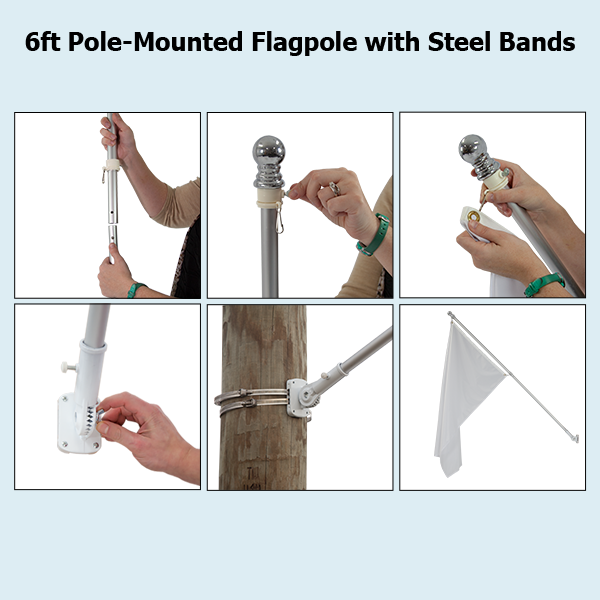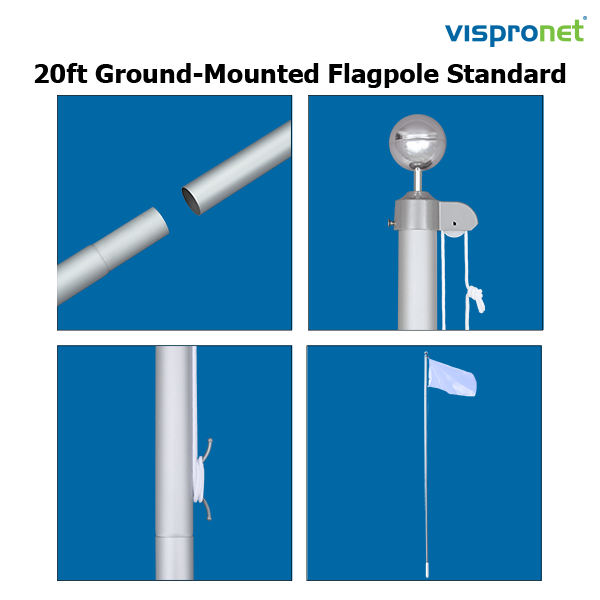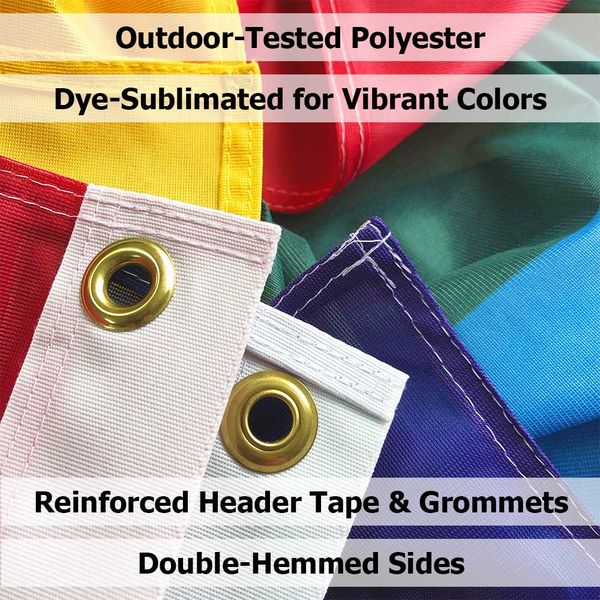Canada Flag
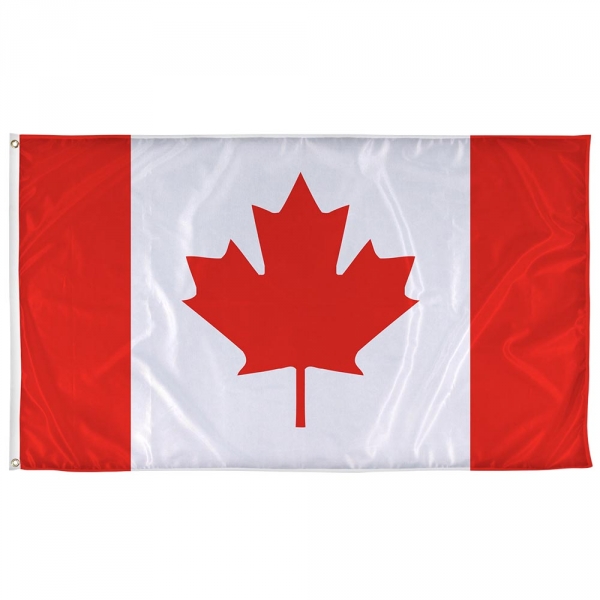






Table of Contents
Your artwork will begin processing after you place your order. Please allow up to 2 business hours to receive a proof via email.
Note: You will be able to approve your artwork before your order is scheduled for production. Choose 'Pay Later' at checkout to approve your artwork before submitting payment.
Download the product template, insert your artwork, and re-upload the file.
Acceptable file types: PDF (preferred), AI, EPS, PSD, TIF, JPG, PNG, INDD
Note: Your template file must have all images embedded, layers & transparencies flattened, template lines removed, and saved as 1 page at the highest or maximum quality.
- CMYK color mode
- Use Pantone® Color Bridge® colors whenever possible
- Design at a 1:10 ratio (products smaller than 16” x 16” will be designed at a 1:1 ratio)
- Keep important elements within the gray image safety line
- Minimum resolution of 360 dpi on polyester fabrics
- Minimum resolution of 800 dpi on vinyl & rigid materials
- Vector art preferred
- Convert all fonts to outlines
- Embed all images and links
- Design to bleed line
- Double-check your grammar and spelling
An account is required so that we can communicate with you throughout the design process. Please enter your information below to get started.
Upload your logo and images below. Be specific about the layout, colors, text, and background. If you would like to place a reorder, please contact customer service.
We will use our discretion in accepting labor intensive artwork requests.
View more details about this service.
- Overview
- Assembly Instructions
- Videos
- Reviews
- Q & A
Canada Flag Details
Showcase your country’s flag on your front porch, in your office, in front of your building, or any other setting with these Canadian flags for sale. These flags can be displayed indoors and outdoors in all kinds of weather due to the high-quality material and print. The flag is made from outdoor-tested polyester fabric, is tear-resistant so that the weather will not ruin the material. We also use a modern dye sublimation process, which infuses the ink into the fabric to prevent it from scratching or peeling off. We print one side of the flag and the design bleeds through to the other side, which is standard for state and country flags. Choose between adding a handheld flagpole or a wall mounted pole set to your order or get the flag alone. Our Canada flags are easily setup thanks to the grommet finishing on the side. These 3x5 flags are perfect additions to any setting and are made to last.
Parts List:
- Pre-printed flag
- Optional flagpole of your choice
Material:
- Outdoor Flag Polyester: Tear-resistant lightweight knitted fabric with excellent thru-print (3.25oz/yd²)
Specifications
| Model | Part Number | Size | Weight | Includes |
|---|---|---|---|---|
| 5x3 Flag Only | DI8116 | 5ft x 3ft | 0.4lbs | Pre-printed flag |
| Flag & Hand-Held Flagpole | DI0650 | 6ft | 2.1lbs | Pre-printed flag Tangle-free aluminum flagpole Removable black handle |
| Flag & Wall-Mounted Flagpole | DI0653 | 6ft | 2.9lbs | Pre-printed flag Tangle-free aluminum flagpole Removable black handle 180° adjustable wall mount |
Canadian Flag History
The British St. George’s Cross and Union Jack flag were previously used in Canada before it had its own flag. After the Canadian Confederation in 1867, a national flag was discussed. The first Canadian flag was a Union flag with a shield featuring the arms of Ontario, Quebec, Nova Scotia, and New Brunswick with a maple leaf wreath. The shield featuring different arms of provinces was eventually replaced with the Canadian coat of arms in the 1920s. Canadian Prime Minister William Lyon Mackenzie King came up with a committee in 1925 to design a flag that could be setup in homes. Designs were proposed for years until a committee was appointed in 1945 to come up with a more established national flag. Red and white (colors associated with Canada) and a maple leaf were discussed, but nothing was established. During this time the Union Flag and the Red Ensign flag was used as a de facto national flag for Canada. By 1964, there was a serious debate about changing the flag. There were three designs debated on, with the maple leaf version inspired by the flag of the Royal Military College of Canada eventually being selected. Canada’s flag featuring the maple leaf design made its official debut in 1965.
Canada Flag Meaning and Colors
Red: This color has been associated with Canada because many of the nations that founded Canada used it. The red color has since been associated with the maple leaves in autumn.
White: This is also a color often associated with Canada because of previous countries using it while founding the country. This color now signifies the white winter snow of the country.
Maple Leaf: The maple leaf has been a symbol identified with Canada since the 1700s. It has been previously featured on coat of arms and other Canadian flags. The leaf on the flag has 11 points, but the number of points doesn’t have a significance.
Sources:
- Flag of Canada
https://en.wikipedia.org/wiki/Flag_of_Canada - Description of the National Flag of Canada
https://www.canada.ca/en/canadian-heritage/services/flag-canada-description.html
 Click here for Proposition 65 warning
Click here for Proposition 65 warning

